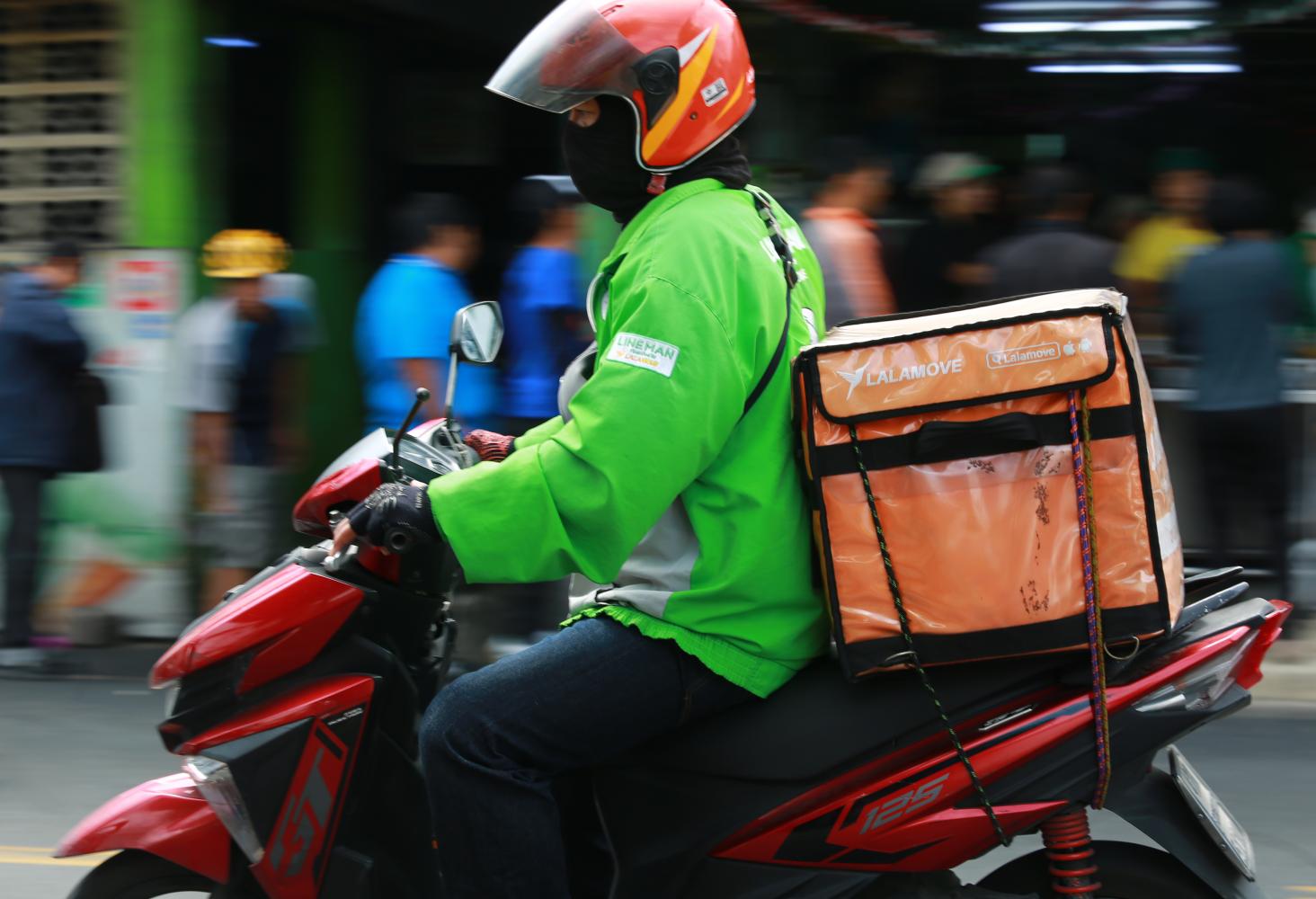
Not so long ago, online food delivery services were limited to pizza, fried chicken and burgers from large international chains. Thanks to the advancement of technology and the rapid global penetration of e-commerce, consumers nowadays are able and willing to pay extra for their favourite food from their go-to food places or from trendy new restaurants delivered to their doorsteps via online food delivery applications.
Online food delivery has proved to be a successful business model around the world. According to Euromonitor International, the share of online orders to total food service sales worldwide has almost tripled from 2.6% in 2014 to 6.9% in 2019, as online delivery platforms flourish.
In Thailand, to avoid traffic jams and the scorching weather, not to mention high PM2.5 levels, ordering food online is clearly a convenient solution that Thai diners have come to love. Major food retailers have reported drops in total sales revenue and negative same-store sales growth in 2019.
Kasikorn Research Center, meanwhile, reports that the Thai food delivery business grew 14% year-on-year in 2019 and accounted for 8% of Thailand's total restaurant business value.
Online food delivery aggregators such as GrabFood, Line Man, Foodpanda and Get Food offer applications with maximum convenience and transparency in ordering. These apps not only enable users to quickly browse menus, prices and reviews, but also allow them to track the progress of their food deliveries in real time.
Moreover, online delivery platforms benefit users in enabling them to conveniently explore many food choices offered by local restaurants which they may have never even knew existed.
According to Get Food, the latest player to enter the local online food delivery market, only 30% of its orders come from major name-brand restaurants, while 70% are from small businesses and street food stalls. This proves that major restaurant chains need to cook up a strategy to steal the market back from smaller players who are adapting more quickly to changes in demand.
While local restaurants and street food stalls are busy partnering with the app-based aggregators, major name-brand restaurants have been active in both their online and offline platforms. For example, Minor Group, the owner of major chains including The Pizza Company, Swensen's, Sizzler, Dairy Queen, Burger King and The Coffee Club, is offering direct delivery services with lower fees to stay competitive. Some restaurants have even reduced prices on dine-in menus to attract customers.
Aggregators are also competing aggressively among themselves with many marketing strategies such as promotions, flat delivery fees, and reducing delivery time to target consumers wanting a quick bite.
To create a new bridge connecting consumer demand and reducing the time needed to deliver food, Grab has developed GrabKitchen at Samyan Market as a food-preparation hub serving 12 popular restaurants in Bangkok.
Foodpanda, meanwhile, has opened Krua by Foodpanda in Sukhumvit Soi 77 to provide 17 popular restaurants with dedicated kitchen space to cook their food under a shared roof and to help them to get it quickly to consumers. Get Food is also preparing to launch its own cloud kitchen in 2020.
While delivery services today are limited to large cities, major players such as GrabFood and Line Man have been competing to steal market share outside Bangkok. Grab now provides ride-hailing service in 20 cities across 18 provinces. It aims to expand its capabilities to more second-tier cities with a high number of tourists.
Line Man, which claims to have signed up 100,000 restaurants in Bangkok, Samut Prakan and Nonthaburi and 3,000 shops in Pattaya, is also targeting to cover 25% of Thailand by 2020.
Mayurachat Tipparat is a research and consulting manager at CBRE Thailand. She can be reached at bangkok@cbre.co.th